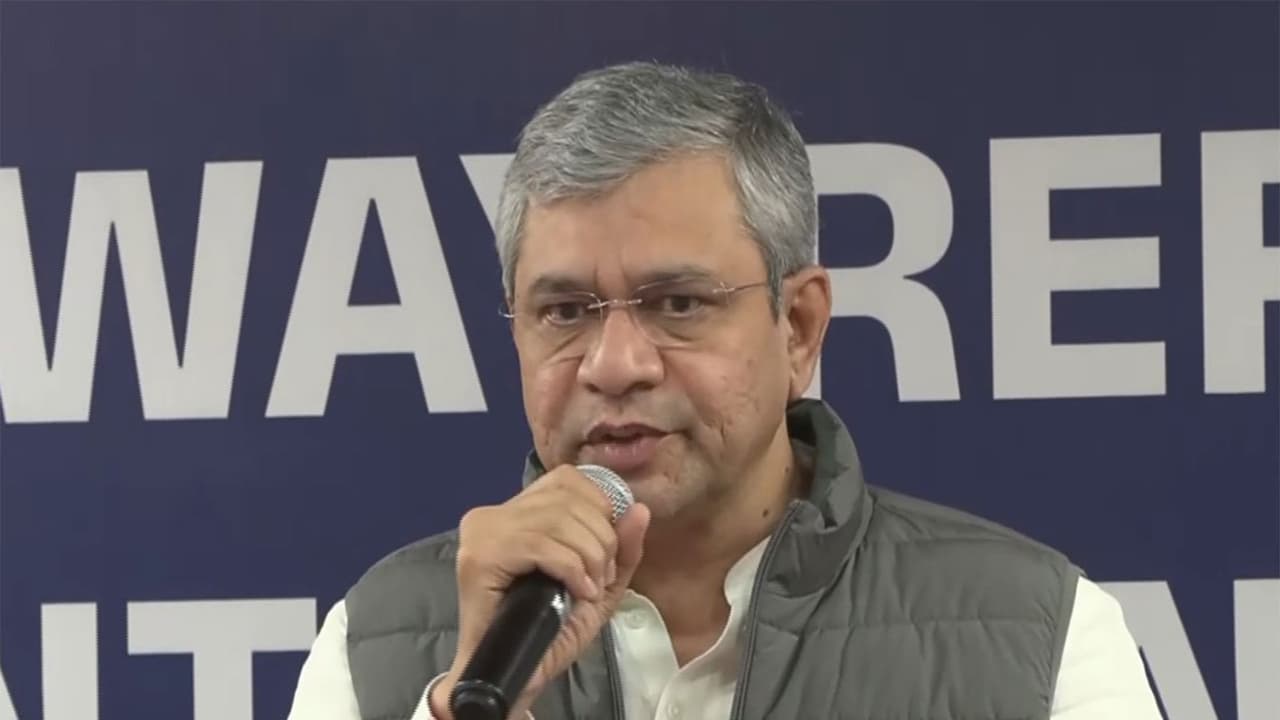Railway Minister Ashwini Vaishnaw unveils a major reform for cement transport, setting a uniform rate of 90 paise per GTKM. This move, replacing old slab-based charges, aims to reduce logistics costs and make housing more affordable for middle-class families.
Union Railway Minister for Railways Ashwini Vaishnaw announced a major reform aimed at reducing cement transportation costs across the country, a step expected to directly benefit middle-class families constructing homes. Speaking to the media on Tuesday after an event on the Bulk Cement Terminal Policy and Container Rate Rationalization, the minister highlighted that the Railways has introduced a uniform transportation rate of 90 paise per GTKM for bulk cement movement.
Uniform Rate to Standardize Costs
He stated, “Today, the cost of cement is a major factor in the dream of middle-class families building their own homes. In an effort to reduce the cost of cement transportation, the Railways has implemented a major reform that allows for bulk cement transportation.” GTKM stands for “Gross Tonne-Kilometre.” It is a standard measure used in the railway and freight industry to calculate transportation charges. So, 1 GTKM is equal to transporting 1 gross tonne of load for 1 kilometre. When the Railways say the rate is 90 paise per GTKM, it means, for every one gross tonne of cement transported over one kilometre, the charge is Rs 0.90. This helps standardise freight charges and makes cost calculations simpler and more transparent.
Vaishnaw said that over the past ten years, Prime Minister Narendra Modi has implemented several reforms in the Railways, each contributing to improved efficiency, transparency, and cost reduction. He noted that cement remains a significant component in home construction, especially for middle-class families, and reducing its transportation cost is essential to making housing more affordable.
New Tank Containers for Bulk Movement
To address this, the Railways has developed a special tank container specifically designed for bulk cement movement. “This tank container can be filled at a cement factory. After filling, it can be transported across the country to wherever consumption is needed,” Vaishnaw said.
He added that this system will substantially bring down the logistics cost involved in cement supply chains.
Shift from Traditional Slab-Based Charges
According to the minister, one of the most important reforms in this initiative is the shift away from the traditional slab-based transportation charges, which had existed “since ancient times.” The new framework establishes a clear, uniform rate of 90 paise per GTKM, eliminating confusion and bringing predictability to cement logistics planning.
Enhanced Clarity for Cement Industry
Vaishnaw explained that the uniform rate will provide greater clarity to cement manufacturers regarding the location of cement plants, transportation routes, and unloading terminals. This is expected to lead to better planning, optimized movement of cement, and reduced costs for consumers.
He emphasised that the reform is likely to have a “major impact” on middle-class families building their own homes, as the reduction in transportation expenses will ultimately help in lowering overall cement costs.
The minister said the new tank container system and uniform rate structure represent a significant step forward in rationalizing cement transportation across India, supporting both industry and consumers.
(Except for the headline, this story has not been edited by Asianet Newsable English staff and is published from a syndicated feed.)
